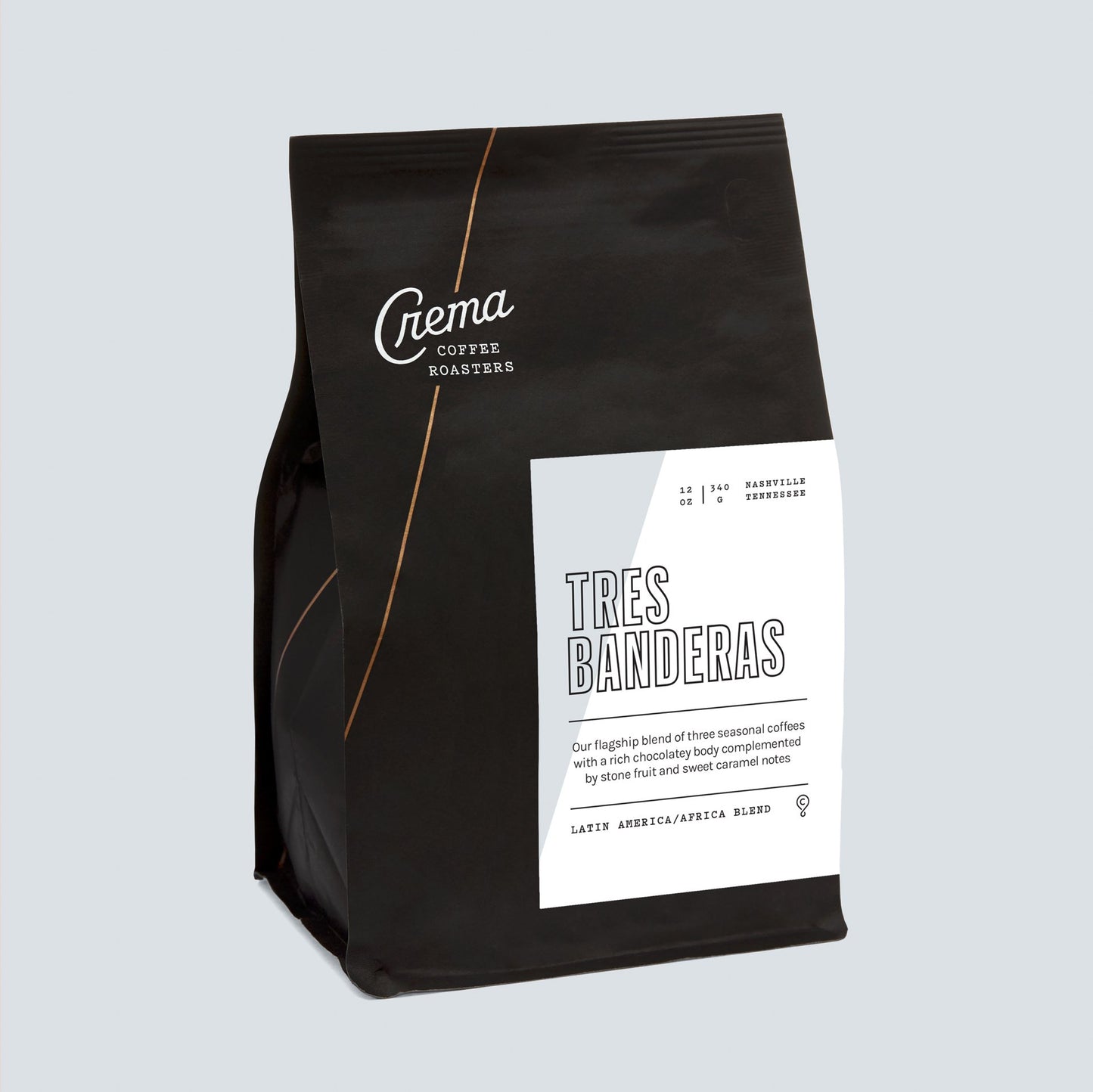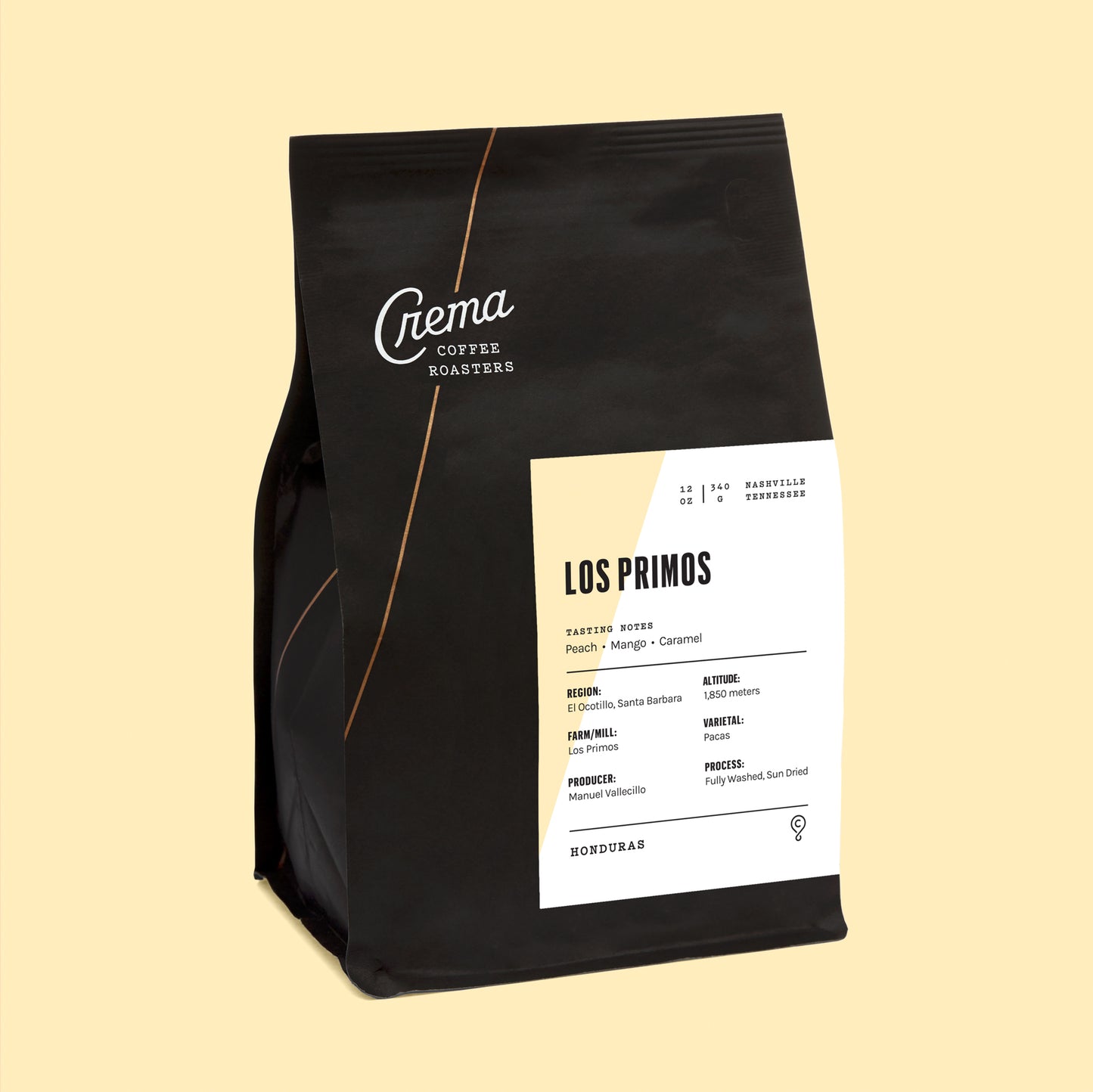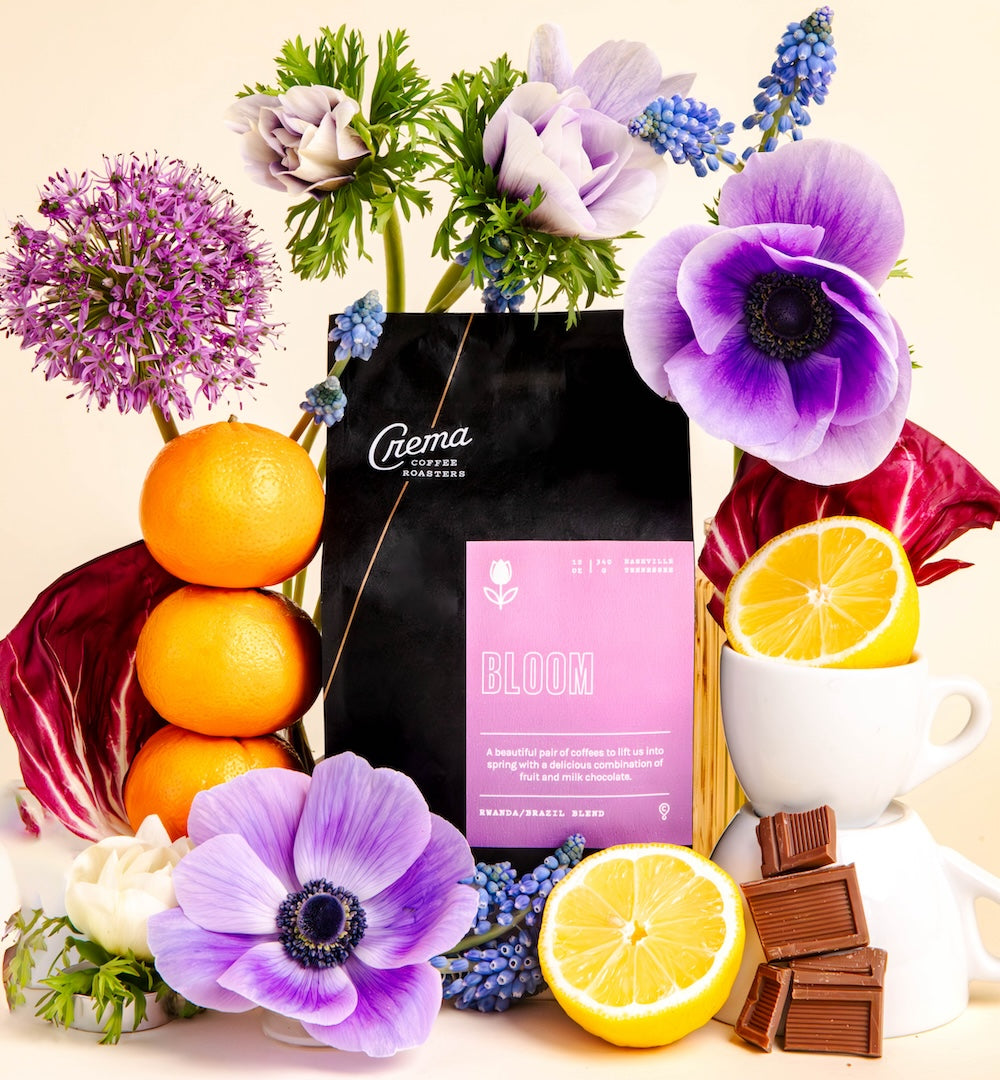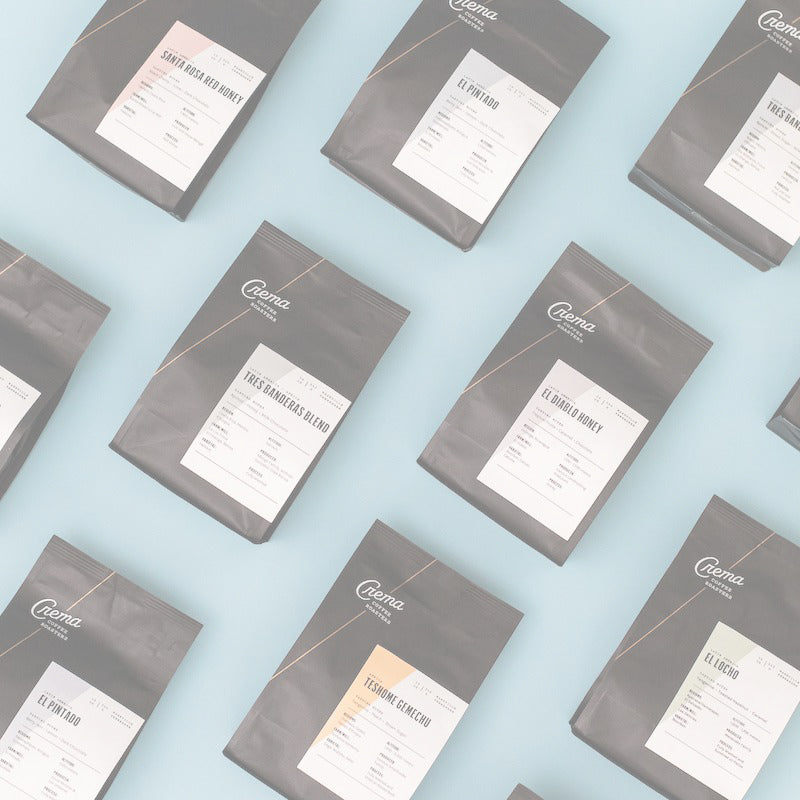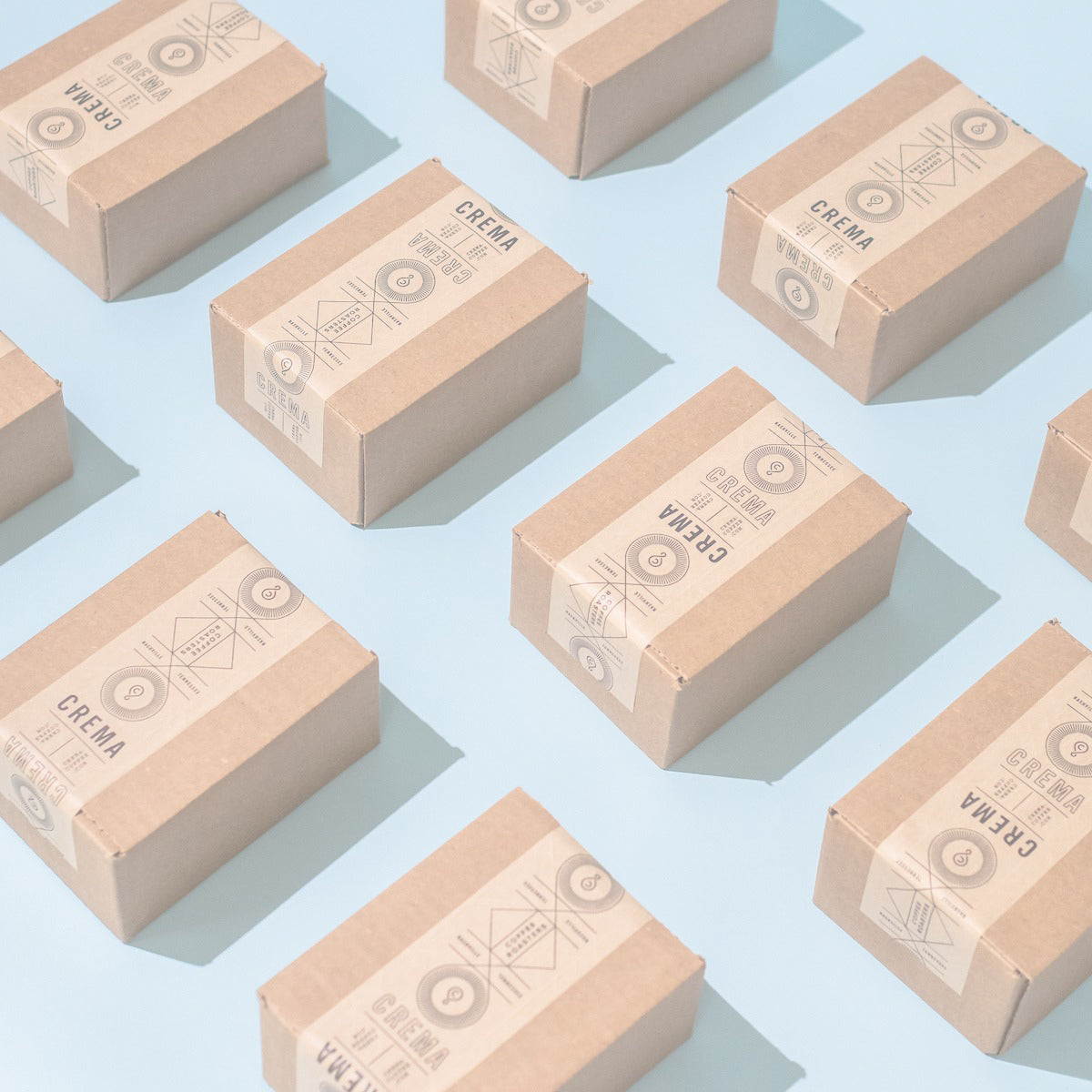So, you’re feeling good. After researching and asking advice from your coffee pals, you’ve procured your perfect home coffee setup. You’ve figured out your coffee brewing ratios. You’ve nailed that pouring technique. You’re cruising through those beautiful bags of Crema beans. Then, you notice that your Kalita is starting to stain a bit. Your coffee pot practically looks black inside where once shiny silver stared back at you. There are bean bits that seem to never quite leave your grinder.
“Oh, no!”, you exclaim, “what have I done wrong?!” Fret not! These are totally normal ‘side effects’ of coffee brewing at home. Most of these things are easily remedied; you just need to clean up your setup!
Here’s three simple tips that will help keep your home coffee brewing set up running smoothly, just like the day you brought it home.
1. BRING COFFEE-STAINED ITEMS BACK TO LIFE.
After repeated use of brewing equipment, coffee oils will build up and ‘stain’ whatever vessel comes into contact with coffee. These oils not only leave their visual mark, but can actually go a bit rancid and will negatively impact the flavor of your coffee.
Wondering if it’s time for a refresh? We suggest the (very professionally named) ‘sniff test’. Go ahead and give that pot/vessel/travel mug/whatever a big sniff. If you get notes of ‘funk’ or ‘yuck’, all is not lost; that’s just your sign to clean ‘em up!
To say ‘adios’ to that build-up, use Cafiza (or similar coffee equipment specific powders/tablets). This stuff is literal magic. Watch coffee-stained vessels become renewed, shiny and like-new right before your eyes.
Yes, it’s billed as ‘Espresso Machine Cleaner’, but you can use this stuff on almost anything coffee-related — brewing devices (Kalita, V60s, French presses, etc), brewing vessels (traditional coffee pots, decanters, etc), espresso machines and parts (brew baskets, group heads, portafilters, etc), even cups/mugs/tumblers — to swipe those stains away.
How to Use Cafiza:
Dissolve 1 tsp in 32 oz (1L) of very hot water, just off of boil.*
Pour into desired vessel(s).
Let soak 30 minutes.
Scrub with a bottle brush (especially if there’s stubborn spots), then dump out.
Rinse very, very thoroughly with hot water.
* This 1L amount can usually clean a couple items, depending on size.

2. CLEAN OUT THAT GRINDER.
Those pesky old coffee oils don’t just cling to brewing equipment, they also hang out in your coffee grinder. Designed to be used in any burr grinder, these coffee grinder cleaning tablets look like little yellow ‘coffee beans’ (cute!) and are made of all-natural, food-safe ingredients. They help clean away coffee grounds and odors in your grinder that may negatively impact flavors in your final brew. Plus, you don’t have to disassemble anything to use these! We suggest using these tablets every couple months, or more often if you’re making lots and lots of coffee at home.
How to Use Grinder Cleaning Tablets:
Empty all coffee from grinder.
Turn grinder on and set to a medium grind (something right in the middle of your adjustments).
Run tablets through.
Bonus - Run some coffee through to purge all the little dust bits. (Pro Tip: Save the last little coffee beans from your bags so you can use these to purge after cleaning!)

Other Grinder Cleaning Pro Tips:
Use a shop vac or vacuum hose (with a clean nozzle of course) to suck out stubborn coffee pieces from your grinder (after removing the hopper). While you’re at it, you can vacuum up all those grounds that inevitably find their way all over your counter.
Hand wash any plastic removable parts (hoppers, bins, lids, etc) every once in a while.
-
If you have a Baratza grinder (like the Encore that we sell), they have a wealth of super helpful information on their website and a YouTube video detailing how to clean your grinder.
Their customer support is also stellar, so never hesitate to reach out directly to them with any grinder questions.
It’s also recommended to change the burrs of your grinder every couple years, depending on use. Check with your grinder manufacturer on what they suggest.
3. DESCALE YOUR AUTO BREWER OR ESPRESSO MACHINE
Even if you use filtered water (and you 100% should filter your water for coffee in some way), there are going to be some minerals in the water. And you want those minerals; they help to extract the coffee properly. If you were to brew coffee with water without minerals (AKA distilled water), your coffee would not taste right; it would taste flat and lifeless without much flavor.
With standard use, those minerals build up inside your coffee brewer or espresso machine, which can negatively impact flavor and also clog water flow. Use a descaler like Dezcal every 3 months or so to keep the scale from building up too much.
How to Use Descaler:
Dissolve 1 packet in 32 oz (1L) of lukewarm water.
Pour solution into water reservoir of brewer.
Brew a ‘blank batch’ (no coffee) and discard water.
Refill tank with fresh water and brew another blank batch. Repeat this step.
These instructions are for automatic coffee brewers only. To descale your espresso machine, follow the manufacturer instructions for your specific machine.

← Older post Newer post →

